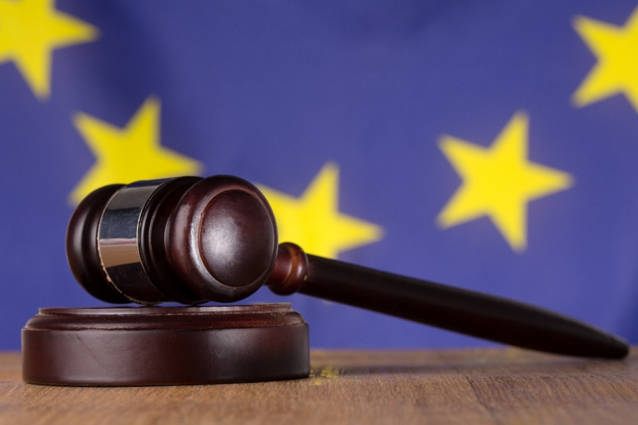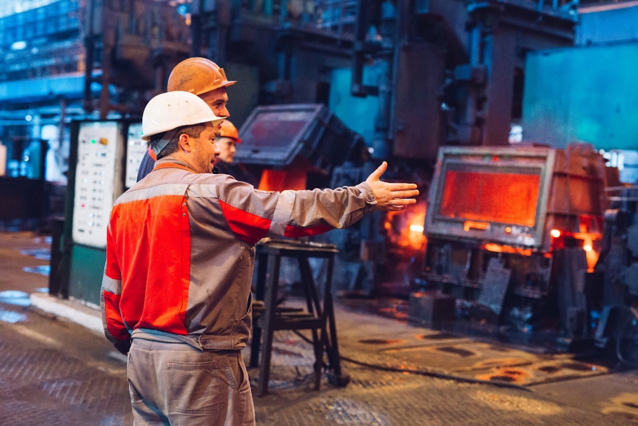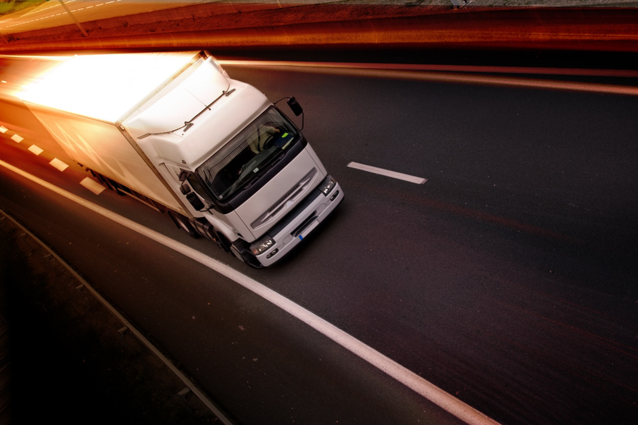
European Commission President Ursula von der Leyen launched the European Green Deal last Wednesday, on 11 December. The goal is ambitious. If the European Green Deal becomes reality, the European Union will become climate neutral by 2050. To reach the goal, the EU will have to overturn almost every policy area.
Europe inevitably needs hydrogen to reach this arduous goal. Looking at the commission’s European Green Deal communication, it is clear that there are several areas where hydrogen obviously will play an important role.[1] There are also several policy areas where hydrogen will be a key tool even though the H-word is not specifically mentioned.
We need new technology
The EU wants companies to adapt new technology.
“EU industry needs ‘climate and resource frontrunners’ to develop the first commercial applications of breakthrough technologies in key industrial sectors by 2030”, reads the commission’s communication. “Priority areas include clean hydrogen, fuel cells, and other alternative fuels, energy storage, and carbon capture, storage and utilisation. As an example, the Commission will support clean steel breakthrough technologies leading to a zero-carbon steel making process by 2030 and will explore whether part of the funding being liquidated under the European Coal and Steel Community can be used. More broadly, the EU Emissions Trading System Innovation Fund will help to deploy such large-scale innovative projects”.
The steel industry is an excellent example here because companies are already preparing for the technological change. The steel industry accounts for around 7% of global carbon dioxide emissions. Steel company SSAB plans to be the first company in the world to bring fossil-free steel onto the market.[2]

”SSAB will offer the first fossil-free steel products on the market already in 2026”, said Martin Lindqvist, SSAB’s President and CEO, a month ago at SSAB’s Swedish Steel Prize seminar in Stockholm.
The technology to use hydrogen gas instead of coking coal to reduce iron ore is known, but it has never been successfully tested on an industrial scale. A pilot plant for sponge iron (DRI) has been built at SSAB’s site in Luleå. The plant will be up and running in summer 2020.
Other steel producers in Europe have similar goals. Germany’s largest steelmaker, Thyssenkrupp, launched a series of tests into the use of hydrogen in a working blast furnace. The group’s climate strategy is to become climate-neutral by 2050.[3]
ArcelorMittal, the world’s biggest steelmaker, is also studying hydrogen-based ironmaking as well as longer-term opportunities for direct electrolysis ironmaking. The company is building a demonstration plant in Hamburg, called H2Hamburg, which will reduce iron ore using hydrogen.[4]
Big investments in infrastructure
The EU wants to develop the infrastructure to support the hydrogen economy.
“The transition to climate neutrality also requires smart infrastructure”, states the commission. “The regulatory framework for energy infrastructure, including the TEN-E Regulation, will need to be reviewed to ensure consistency with the climate neutrality objective. This framework should foster the deployment of innovative technologies and infrastructure, such as smart grids, hydrogen networks or carbon capture, storage and utilisation, energy storage, also enabling sector integration. Some existing infrastructure and assets will require upgrading to remain fit for purpose and climate-resilient”.
The Trans-European Energy Networks (TEN-E) regulation identifies priority corridors and thematic areas of trans-European energy infrastructure. It also provides guidelines for the selection of Projects of Common Interest (PCIs).[5] In other words, TEN-E regulation determines which infrastructure projects are eligible for EU support from the Connecting Europe Facility (CEF). Many people have wanted TEN-E to prevent money from going to gas infrastructure, which - according to think tank E3G - received about half (€1.5 billion) of the CEF funds disbursed to date.[6]
More research

The EU will surely focus on hydrogen research as well.
Earlier, the commission published its proposal for Horizon Europe, an ambitious €100 billion research and innovation programme that will succeed Horizon 2020.
“The full range of instruments available under the Horizon Europe programme will support the research and innovation efforts needed”, reports the commission.
It also offers a reminder that it is not only up to the EU to support the necessary research. “Partnerships with industry and the Member States will support research and innovation on transport, including batteries, clean hydrogen, low-carbon steel making, circular bio-based sectors, and the built environment”.
We already have positive experiences in conducting hydrogen technology research with the EU. Aurelia Turbines was granted funding by the EU’s Horizon 2020 SME Instrument Phase 2 for the Futurbine project, and we are happy to see many other companies pushing forward their hydrogen technology in other EU projects.
Hydrogen for long-distance and heavy transport
Hydrogen is present elsewhere in the commission’s plans, even if it is not mentioned by name.
Transport accounts for a quarter of the EU’s greenhouse gas emissions and is still growing.

The commission has ambitious plans here as well. “The EU should in parallel ramp-up the production and deployment of sustainable alternative transport fuels. By 2025, about 1 million public recharging and refueling stations will be needed for the 13 million zero- and low-emission vehicles expected on European roads. The Commission will support the deployment of public recharging and refueling points where persistent gaps exist, notably for long-distance travel and in less densely populated areas, and will launch as quickly as possible a new funding call to support this”.
“The Commission will consider legislative options to boost the production and uptake of sustainable alternative fuels for the different transport modes. The Commission will also review the Alternative Fuels Infrastructure Directive20 and the TEN-T Regulation to accelerate the deployment of zero- and low-emission vehicles and vessels”. This sounds very much like hydrogen will be coming at least to heavy, long-distance transport.
The EU is planning to take the next steps quickly. The commission will propose the first European ‘Climate Law’ by March 2020. This will enshrine the 2050 climate neutrality objective in legislation. The commission is drafting numerous additional pieces of legislation to support the plan, and the first concrete proposals will be published in January 2020.
I must thank the European Commission for their ambitiousness. Here is an example from the communication: “A power sector must be developed that is based largely on renewable sources, complemented by the rapid phasing out of coal and decarbonising gas”. Europe – and the world – will have a much brighter future when this is implemented.
-------------------------------------------------------------------------
[1] https://ec.europa.eu/info/publications/communication-european-green-deal_en
[3] https://www.thyssenkrupp-steel.com/en/newsroom/press-releases/world-first-in-duisburg.html
[4] https://blog.arcelormittal.com/2019/11/18/the-path-to-low-carbon-steelmaking/
[5] http://trinomics.eu/project/ten-e-evaluation/
